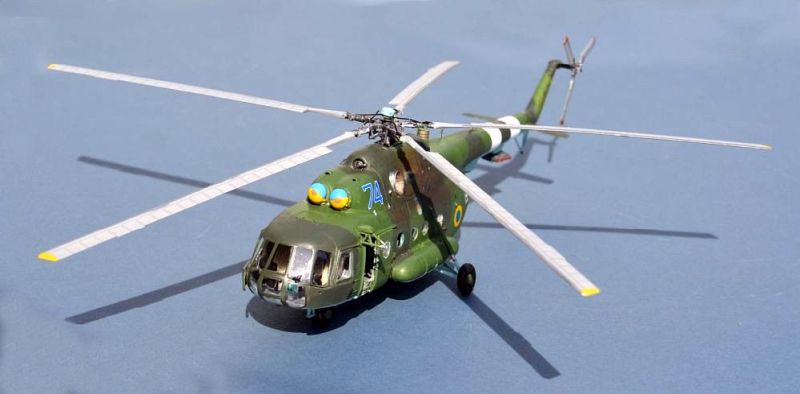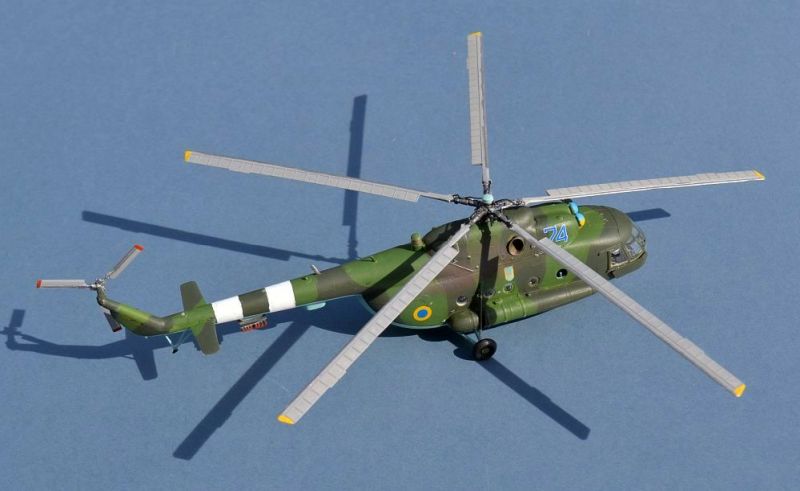SAAB GRIPEN
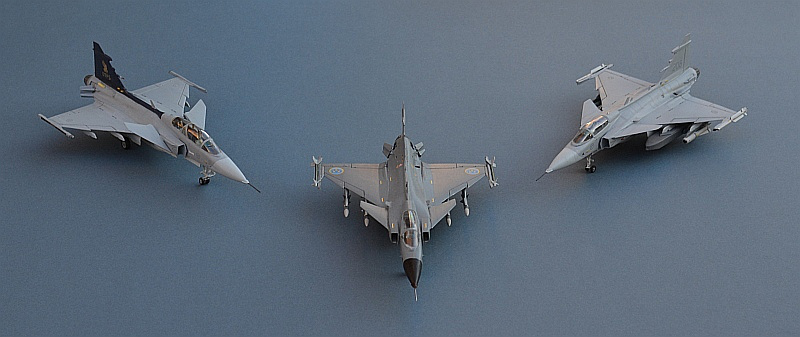
SAAB/Gripen International JAS39A Gripen (Gryphon) 7 Wing, Swedish Air Force, 2000.
Airfix repackage Italeri's nicely detailed Gripen kit, albeit with less weaponry. Decals are quite good though, giving the (comparatively) colourful early scheme.
Sweden's commitment to neutrality is clearly evidenced by their determination to
develop indigenous combat aircraft. The Gripen was the first of the current fighter
generation to become operational and has established itself as the front running
F-

Like its predecessor, the Gripen is designed to fly from austere facilites (e.g. roads and dispersed operating bases) and with minimal support, which makes it an ideal candidate for modern expeditionary warfare.
Although not widely publicised, the aircraft had significant British design input,
particularly in wing design, that can be traced back to 1970s Hawker designs for
advanced combat aircraft. Its radar system is also based on the SELEX (ex-
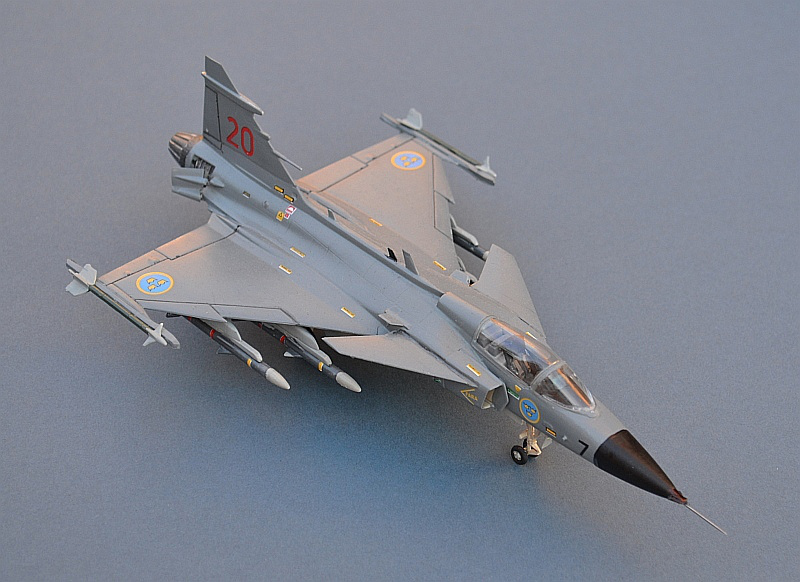
SAAB JAS39B Gripen (Gryphon), UK MoD Empire Test Pilot School, 2006.
Italeri's 2-
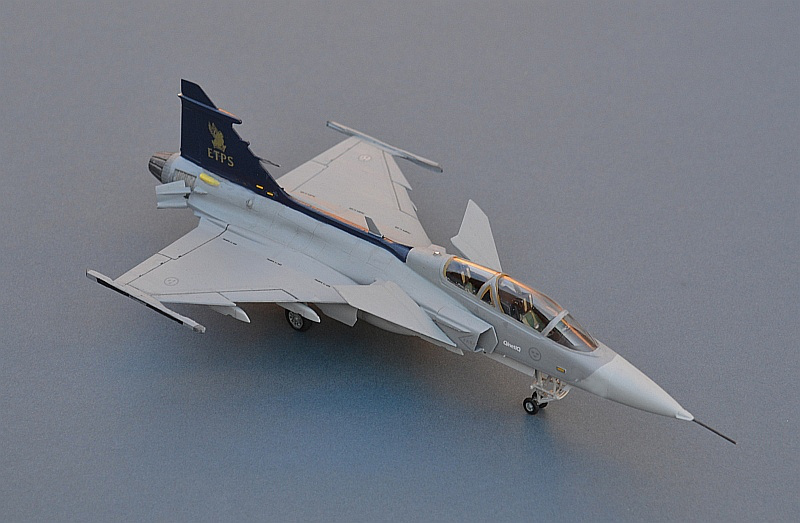
Since 1999, leased Gripens have been used by the QinetiQ-
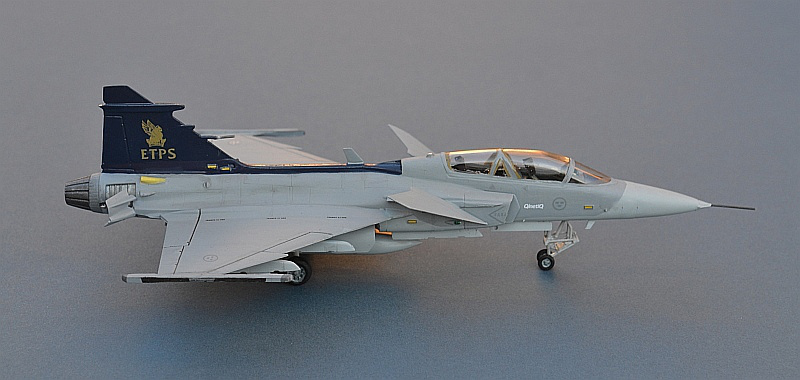
Although normally operating from SAAB's facility at Linkoping in Sweden, a specially marked ETPS Gripen is regularly seen at UK shows, and it was in this guise that it appeared at the 2006 Farnborough Air Show, complete with blue fin and spine, ETPS badge and QinetiQ titles on the forward fuselage. The blue trim and badge remain, but the QinetiQ titles apparently annoyed the Swedish Air Force and were quickly removed.
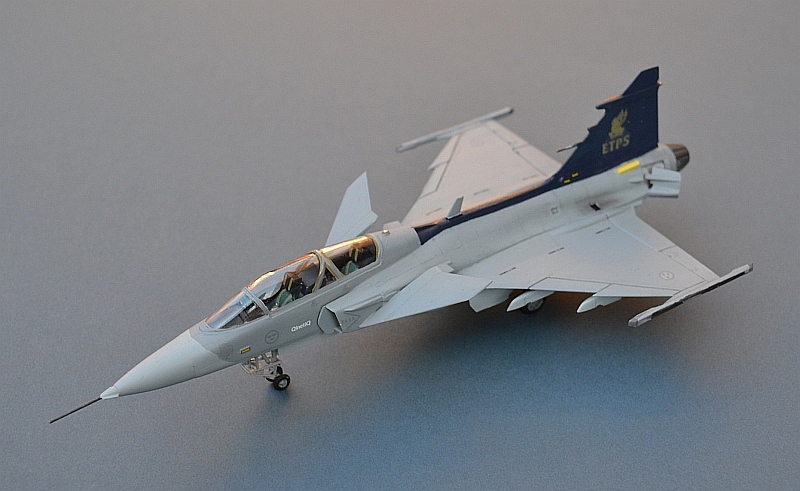
SAAB JAS39C Gripen (Gryphon), F7 Wing Swedish Air Force, Satenas, 2012.
The standard Italeri single-
The JAS39C variant of the Gripen adds a more powerful engine, air to air refuelling
capability and improved NATO weapons compatability via a Mil-

With a new colour glass cockpit, the JAS39C retains all the air to air capability
of the JAS39A, but provides additional air to ground capabilities and new weapons
systems including the KEPD350 Taurus cruise missile. Similar to the UK-

As well as new build aircraft, many existing JAS39A aircraft have now been converted
to C standard. Gripens now also carry the latest IRIS-
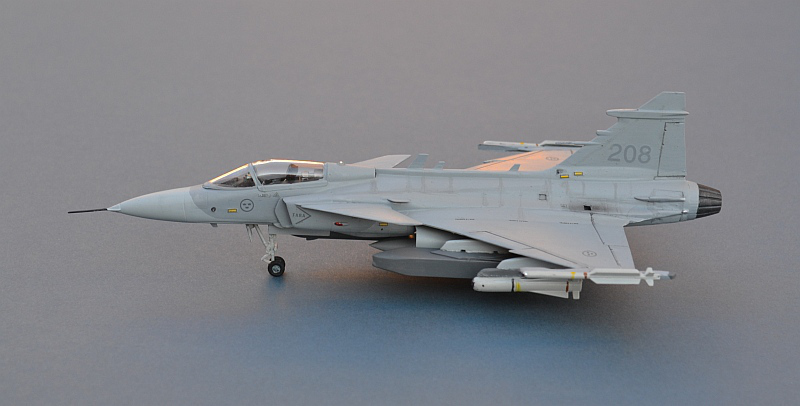
Friends & Allies -
![]()
HavLv 11/HamLsto Ilmavoimat (Finnish Air Force), Luonetjarvi, Finland 1971
Special Hobby have produced a superb little model of the single seat Gnat that is available in several sets of markings, including RAF, Indian Air Force, Yugoslavian and this Finnish example. Link to build page
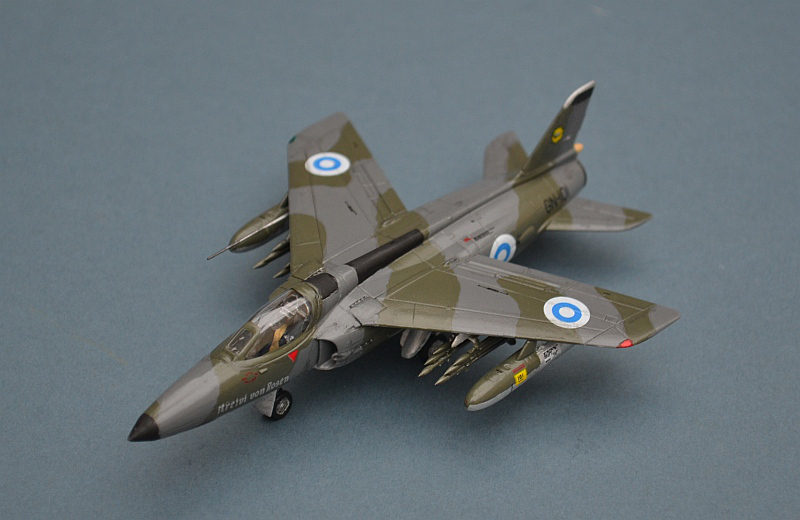
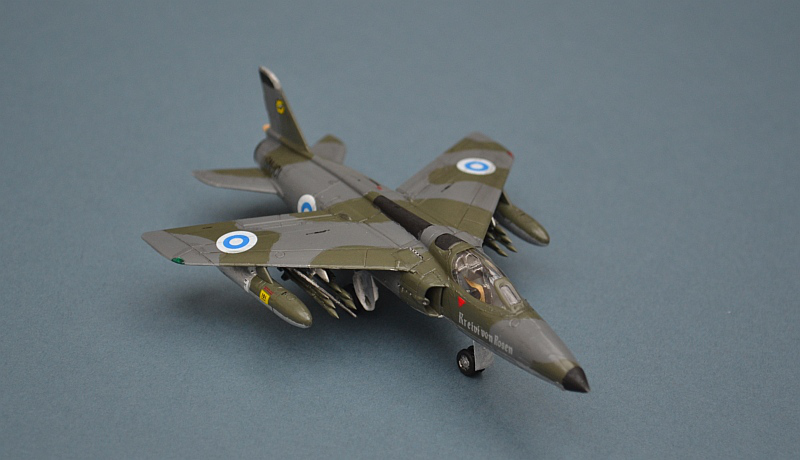
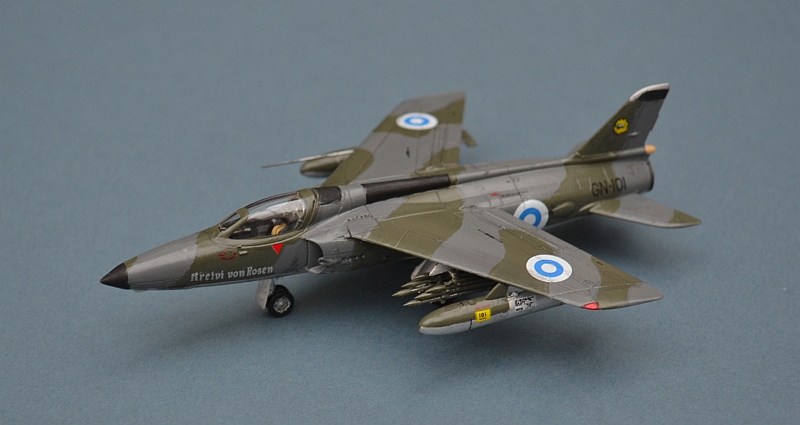
F3 Wing, Malmen (Linkoping), Royal Swedish Air Force, 1963
I have always thought the barrel shaped Tunnan looked impressively pugnacious, so acquired this kit to add to my Gripens and Viggens. As is normal for Matchbox, the panel lines are very deep and detail rather crude, but buildability and fit are good. Link to build page
The Saab J-
The Tunnan's early crash record was poor, due to the advanced and demanding nature
of the jet engines and swept wings. As a result the Swedish Air Force purchased twin
seat De Havilland Vampire T.11s to train their J-

Swedish Tunnans saw combat service in the Congo from 1961 to 1964, flying ground
attack missions in support of the UN peacekeeping forces. The aircraft were rated
very highly by those who saw them, with their performance and availability at least
the match of any of the aircraft fielded by the major powers. The final F variant
of the J-
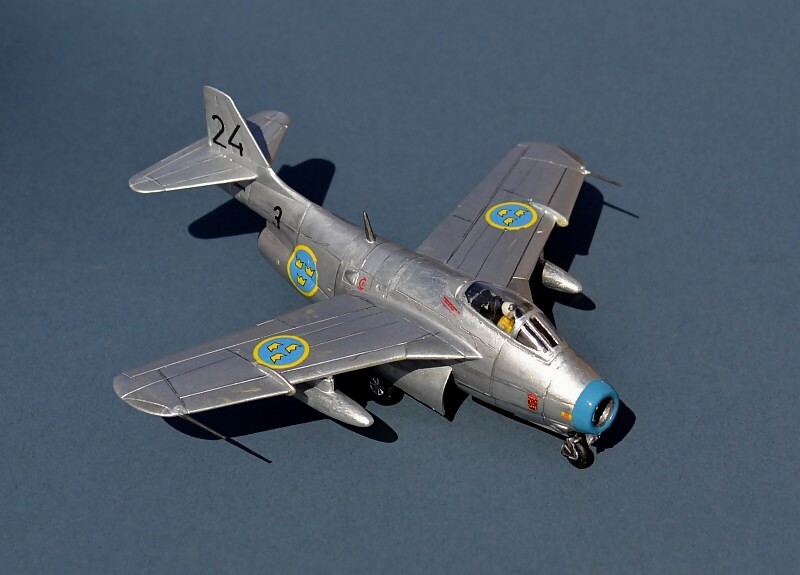
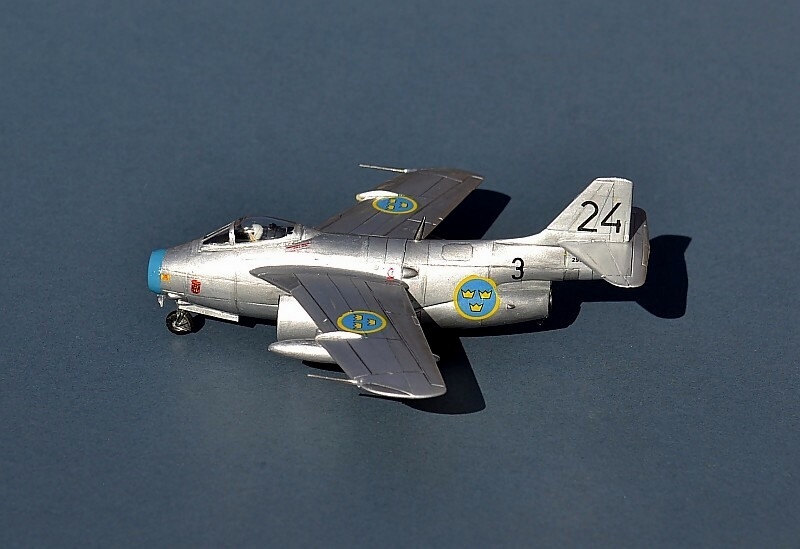
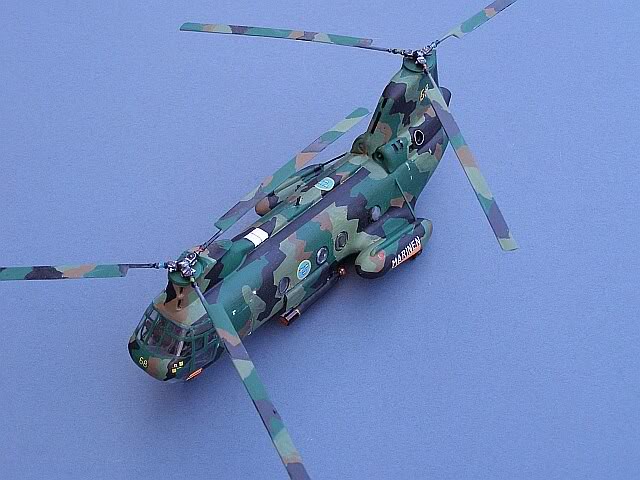
The Boeing Vertol 107 design was selected by the US Marines in early 1961 as the
CH-

In Swedish service, the aircraft is known as the HKP-
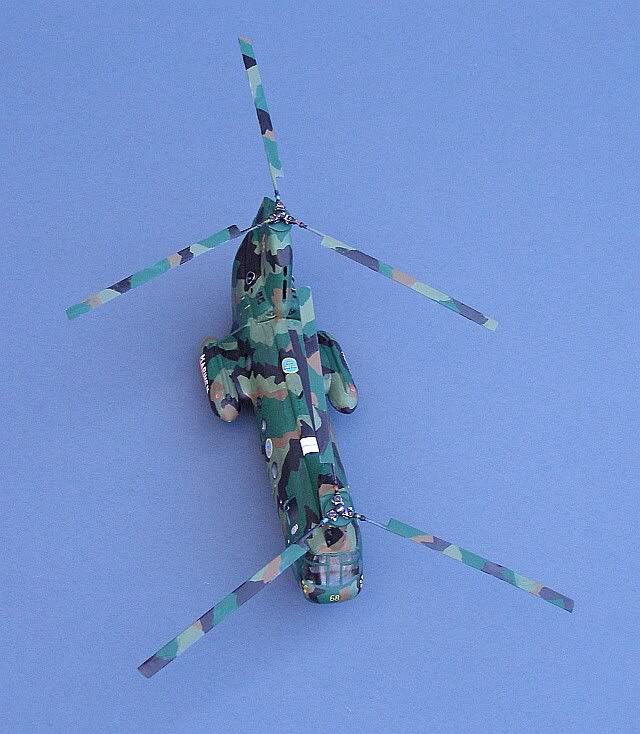
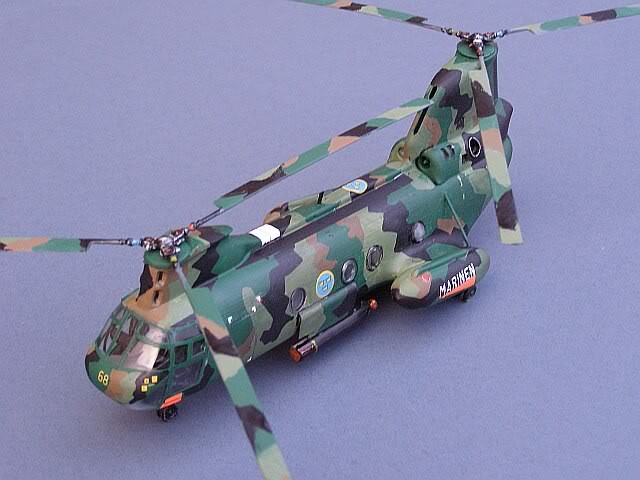
SAAB AJ-
As is often the case with kit manufacturers, in their rush to sell a Viggen kit, Airfix produced the prototype, which is very different from the later production versions. Although it looks the part, it is a rather crude kit, which doesn't fit together all that well.
"Viggen" is apparently a play on words -
Designed as a multi-
Gruppo 5, Fuerza Aerea de Chile, El Tepual Military Air Base, Puerto Montt, Chile 2008
Revell re-

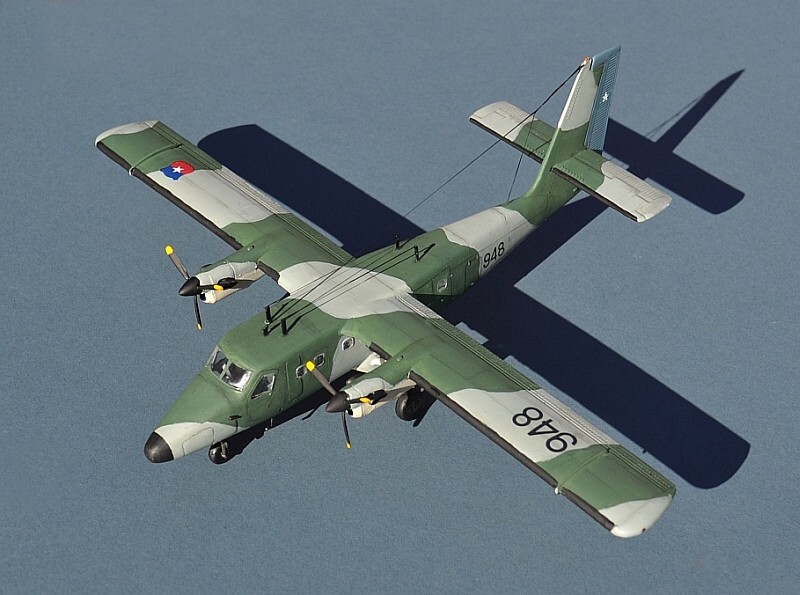
The DHC-
De Havilland Canada (owned at the time by Boeing) ended production in 1988, but eighteen years later in 2006, Viking Air announced that it would restart production of a modernised and improved variant, with the first new aircraft receiving type certification and being successfully delivered in 2010.
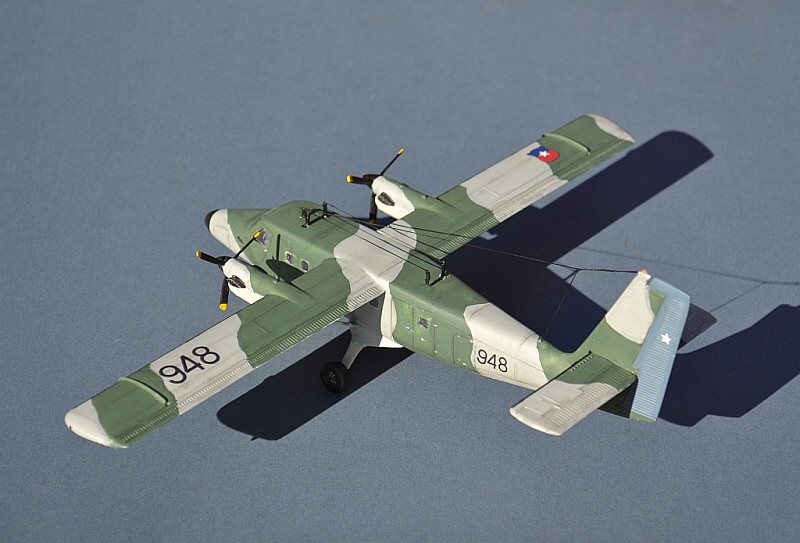
The Chilean Air Force is the 4th oldest independent air arm in the world and took delivery of its first Twin Otters in 1967, operating them in widely varying conditions across their very long country, from the hot and high desert airstrips of the far north through the temperate central valleys to the snow covered strips of the south and on into the antarctic.
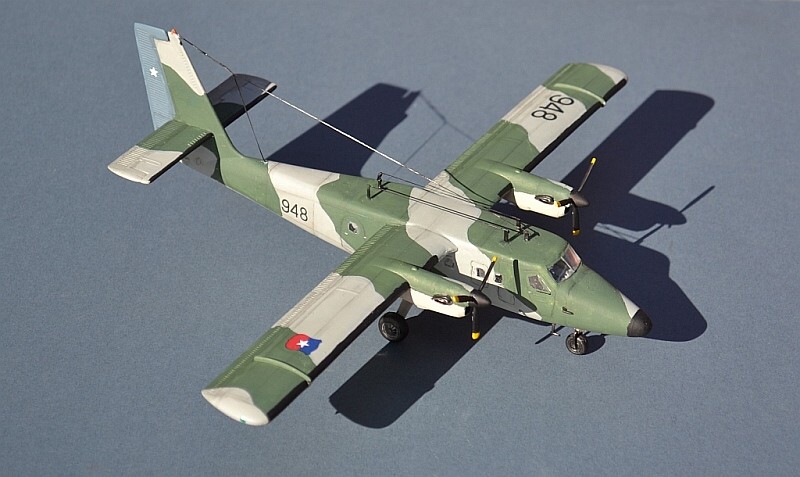
805 Squadron / VF-
Hasegawa, 1/72 with ModelDecal transfers. Link to build page
After re-
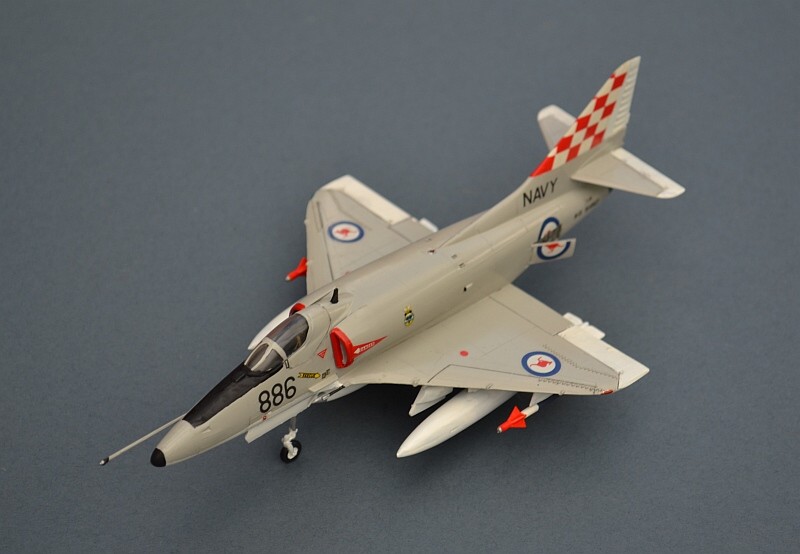
In 1968, 805 Sqn received its first A-
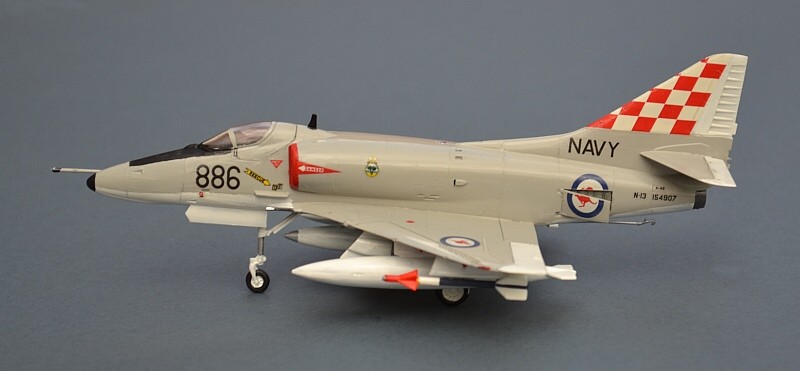
In 1977, HMAS MELBOURNE brought her A-
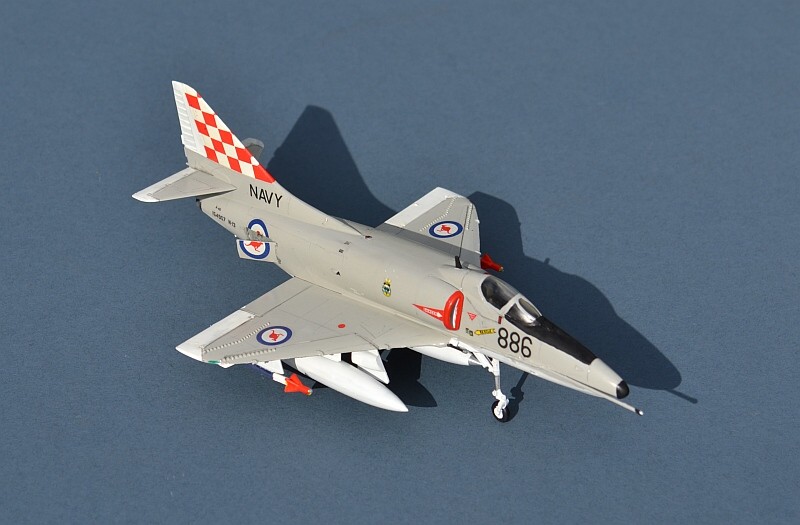
75 Squadron, Royal New Zealand Air Force, June 1969
FROG, 1/72. Link to build page
The RNZAF replaced their small force of Canberras with the Skyhawk in 1969. With
regular technological updates, including fitting of an F-
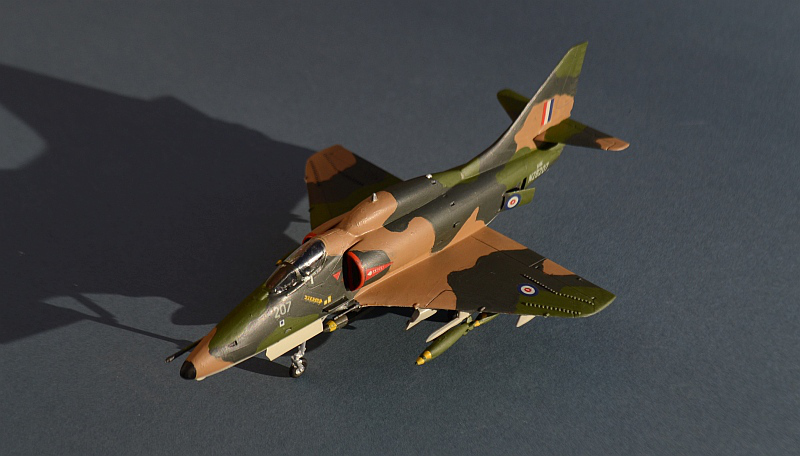
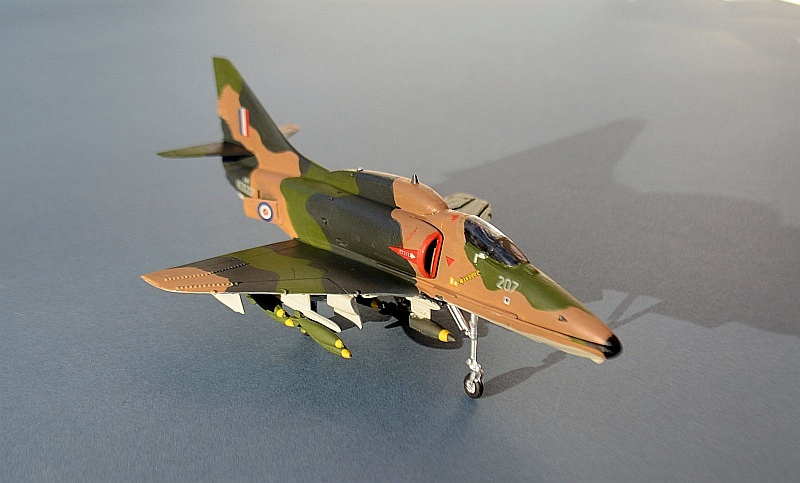
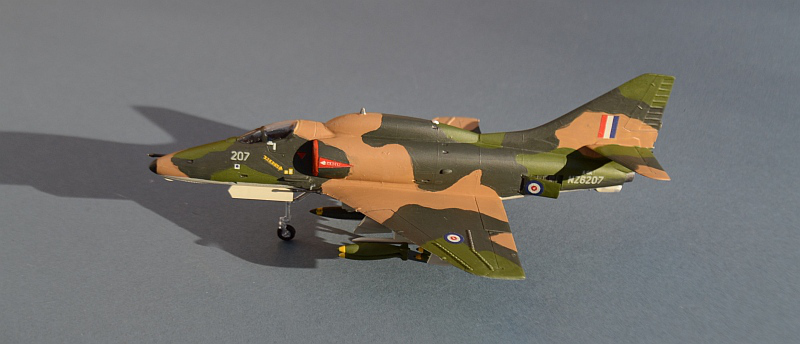
British Aerospace AV-
Esc 008 Armada Espaniola (Spanish Navy) 1976
ESCI, 1/72. Link to build page
The Spanish Navy was quick to grasp the potential of the Harrier at sea, deploying
the AV-
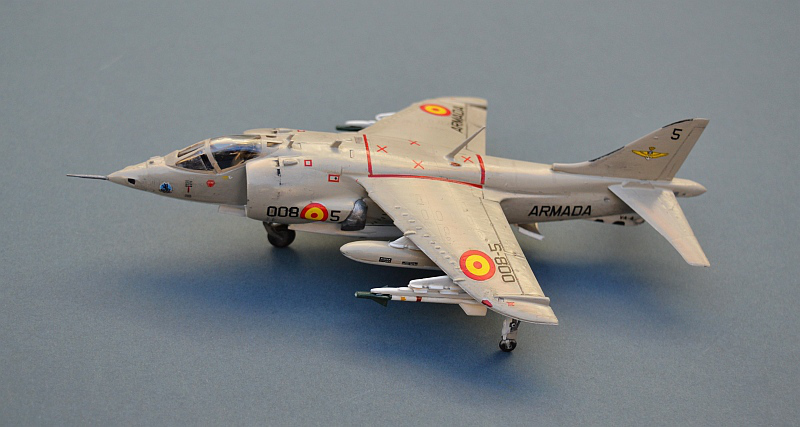
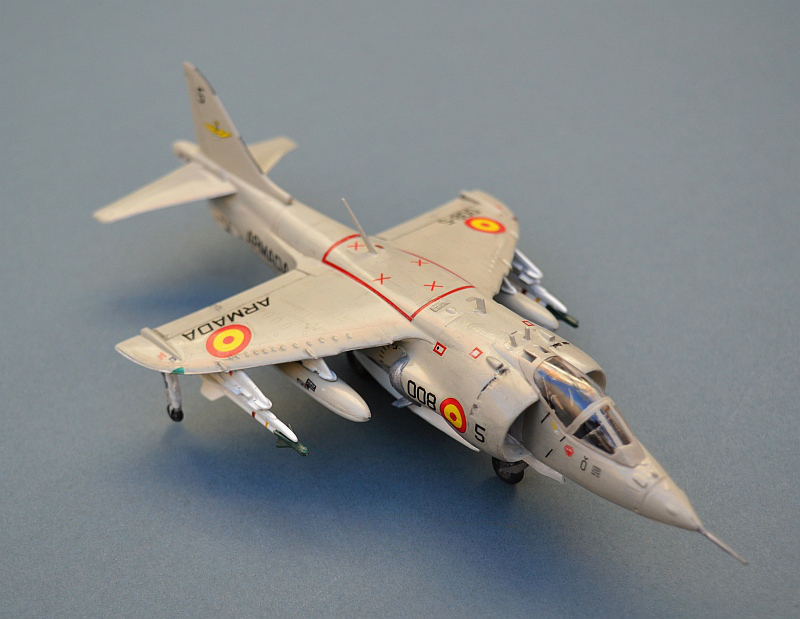
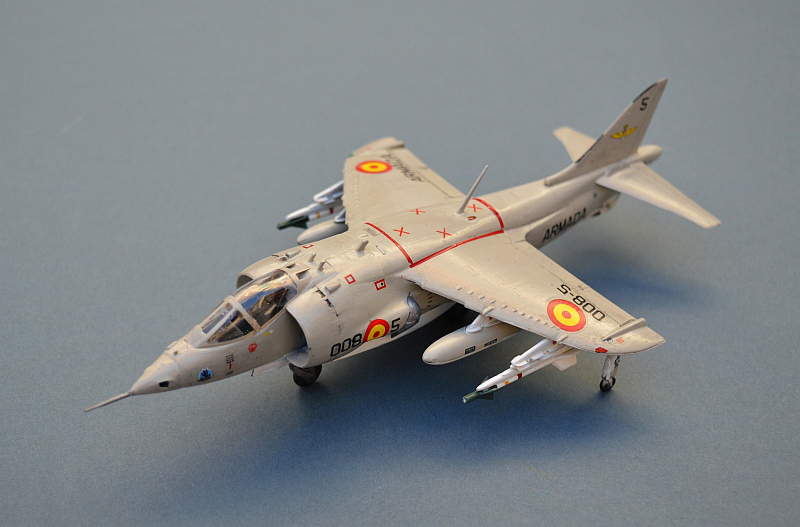
British Aerospace Sea Harrier FRS.51
300 White Tigers Sqn, Indian Navy, INS VIKRANT 1983
Fujimi 1/72.
The Indian Navy was the only operator of the SHAR other than the RN. From 1983 to 2016 their aircraft operated from the carriers INS VIKRANT and INS VIRAAT.
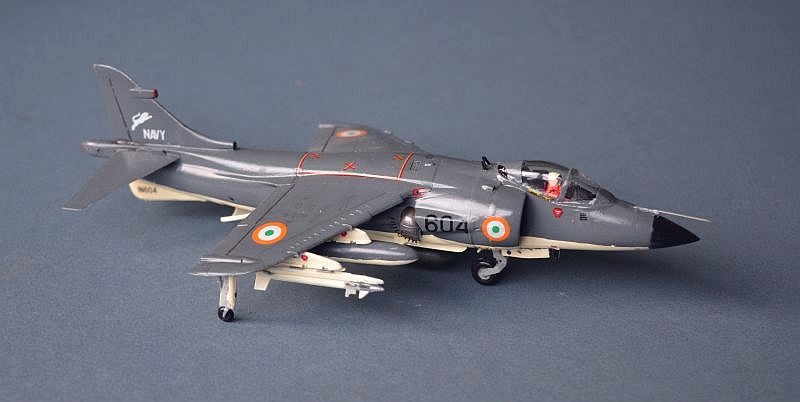
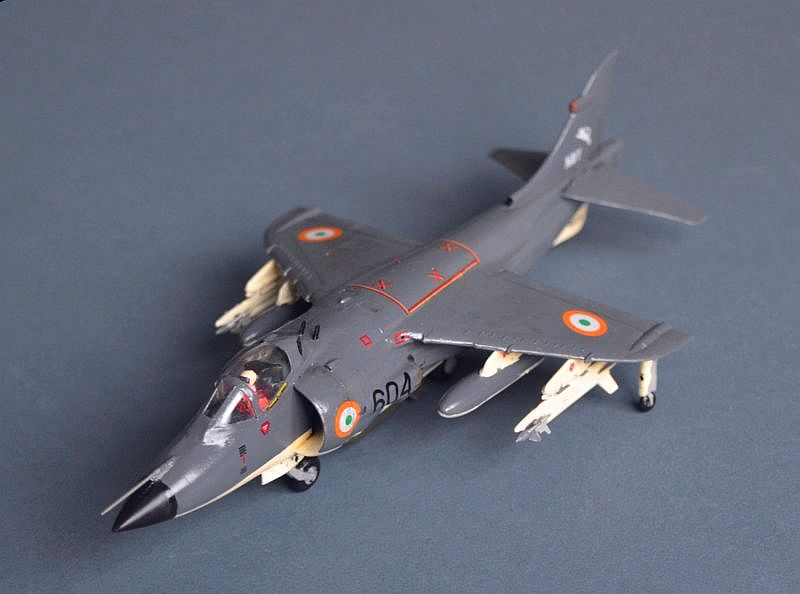
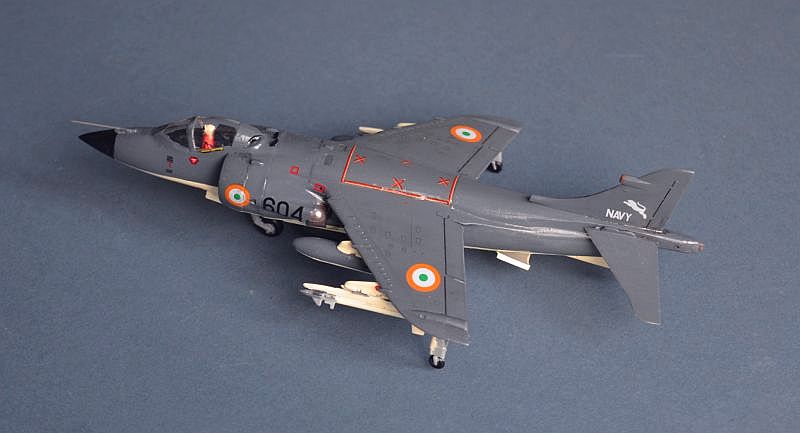
British Aerospace Sea Harrier FRS.51 LUSH
300 White Tigers Sqn, Indian Navy, INS VIRAAT 2016
Fujimi 1/72.
The Indian Navy was the only operator of the SHAR other than the RN. From 1983 to 2016 their aircraft operated from the carriers INS VIKRANT and INS VIRAAT. In 2007 a small numbe rof aircraft were given the Limited Upgrade Sea Harrer (LUSH), adding a modern pulse doppler radar, improved cockpit and the Rafale Derby BVR missile. The Indian SHARs were finally retired in 2016.
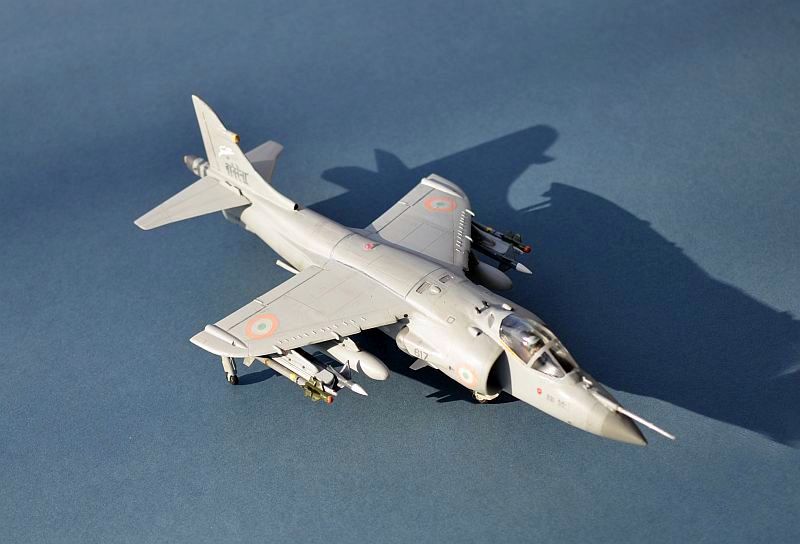
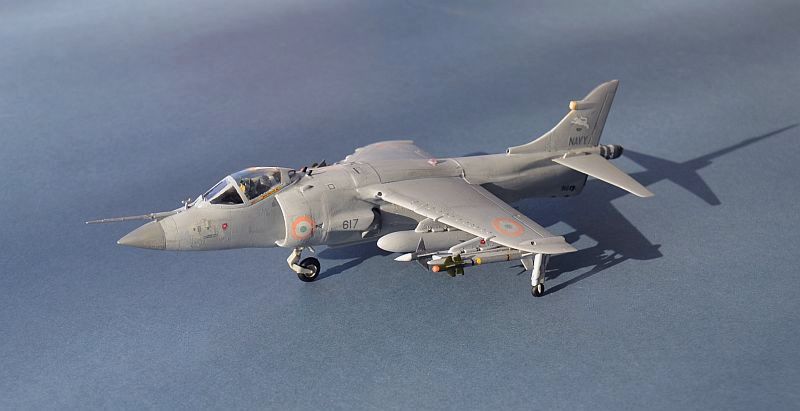
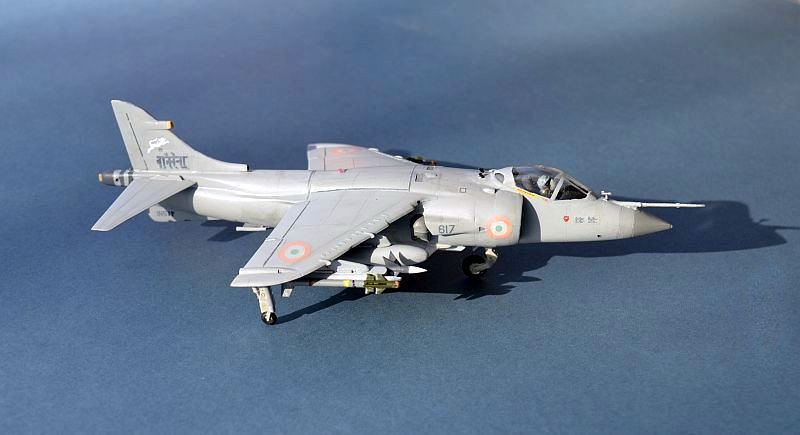
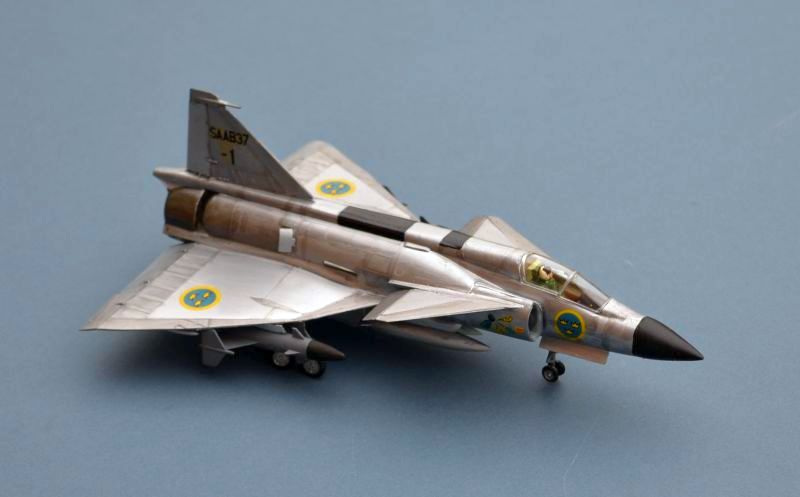
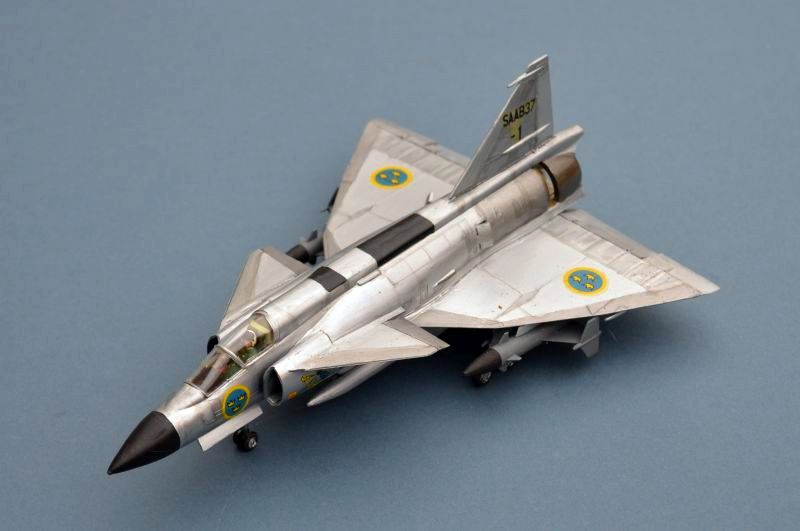
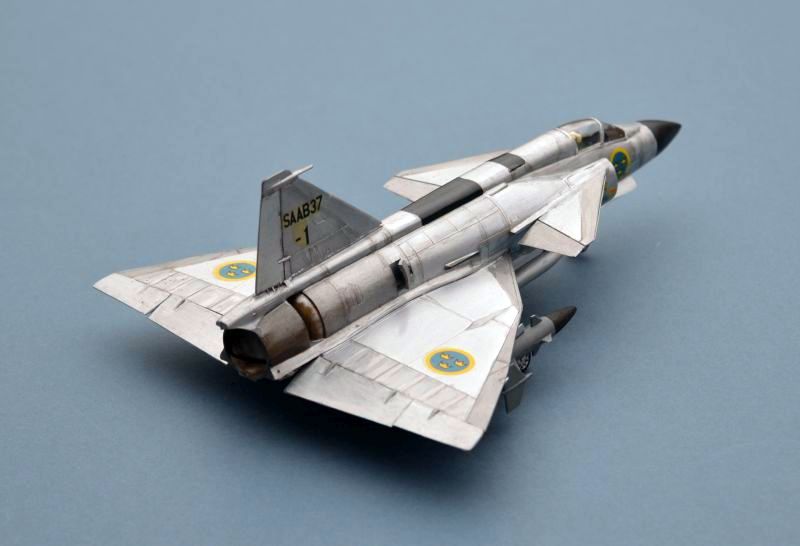
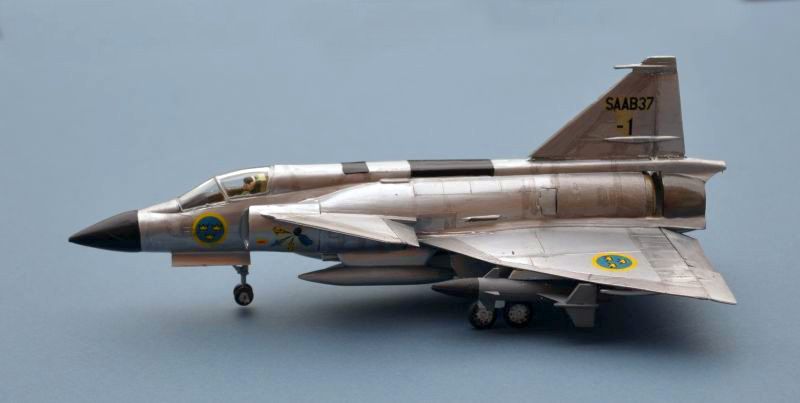

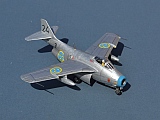
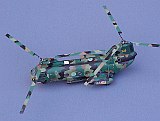
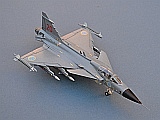
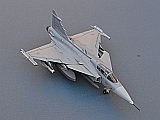

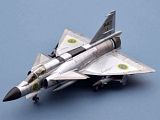
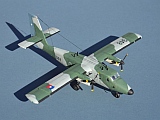
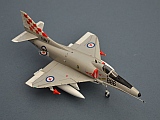
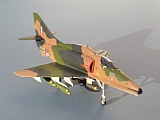
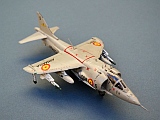
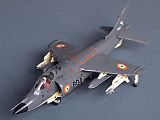
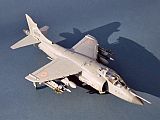
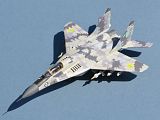
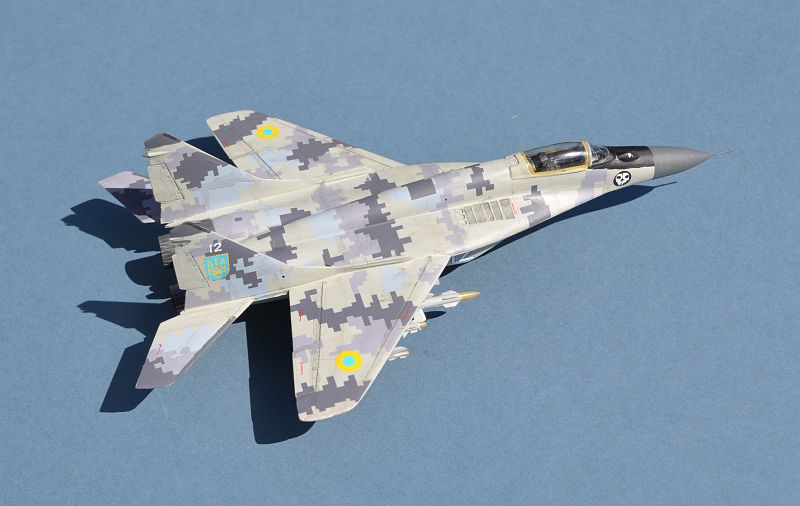
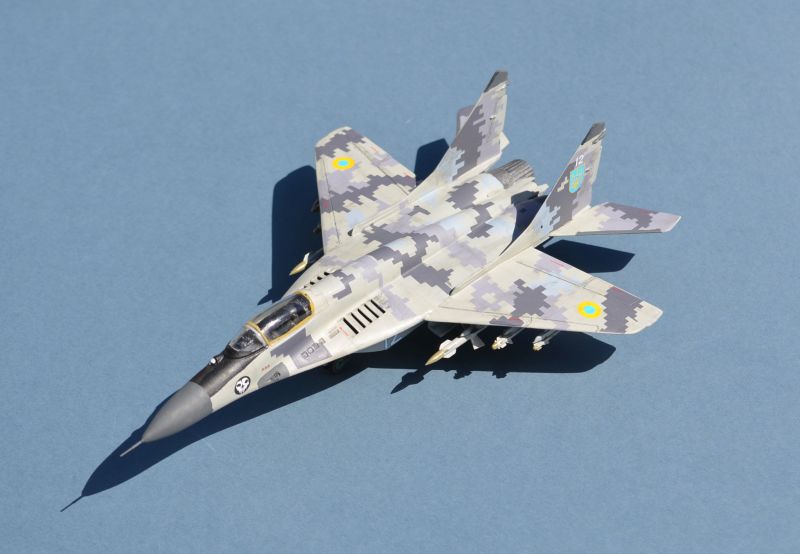

Lviv State Aircraft Repair Plant -
“The Ghost of Kyiv”, Ukrainian Air Force, 2022
ICM Special Issue (manufactured under war conditions) 1/72. (Link to build page)
At the start of the Russian attack on Ukraine in February 2022, Russian forces undertook a major assault on the Kyiv region. Despite overwhelming force and major damage, the attack was fiercely repulsed by Ukrainian defenders.
A key element of the Ukrainian response was the deployment of locally upgraded MiG-
Whilst it is doubtful that the Ghost is actually one single person, there is no doubt that the Ukrainian Forces have put up a remarkable defence against Russian aggression, at great ongoing cost to themselves. Whether the Ghost of Kyiv is real or not, they remain a potent symbol of Ukrainian resistance, both at home and around the world.
The MiG-
MU2 aircraft also have limited ground attack capabilities.

Moscow Helicopter Plant Mil Mi-
Ukrainian Army Aviation, Azovstal Steelworks, Mariupol, March 2022
Hobby Boss 1/72 with own decals and scratch additions. (Link to build page)
The highly successful Mil Mi-
Ukraine is (or was) a major user of the Mi-
© www.gengriz.co.uk
